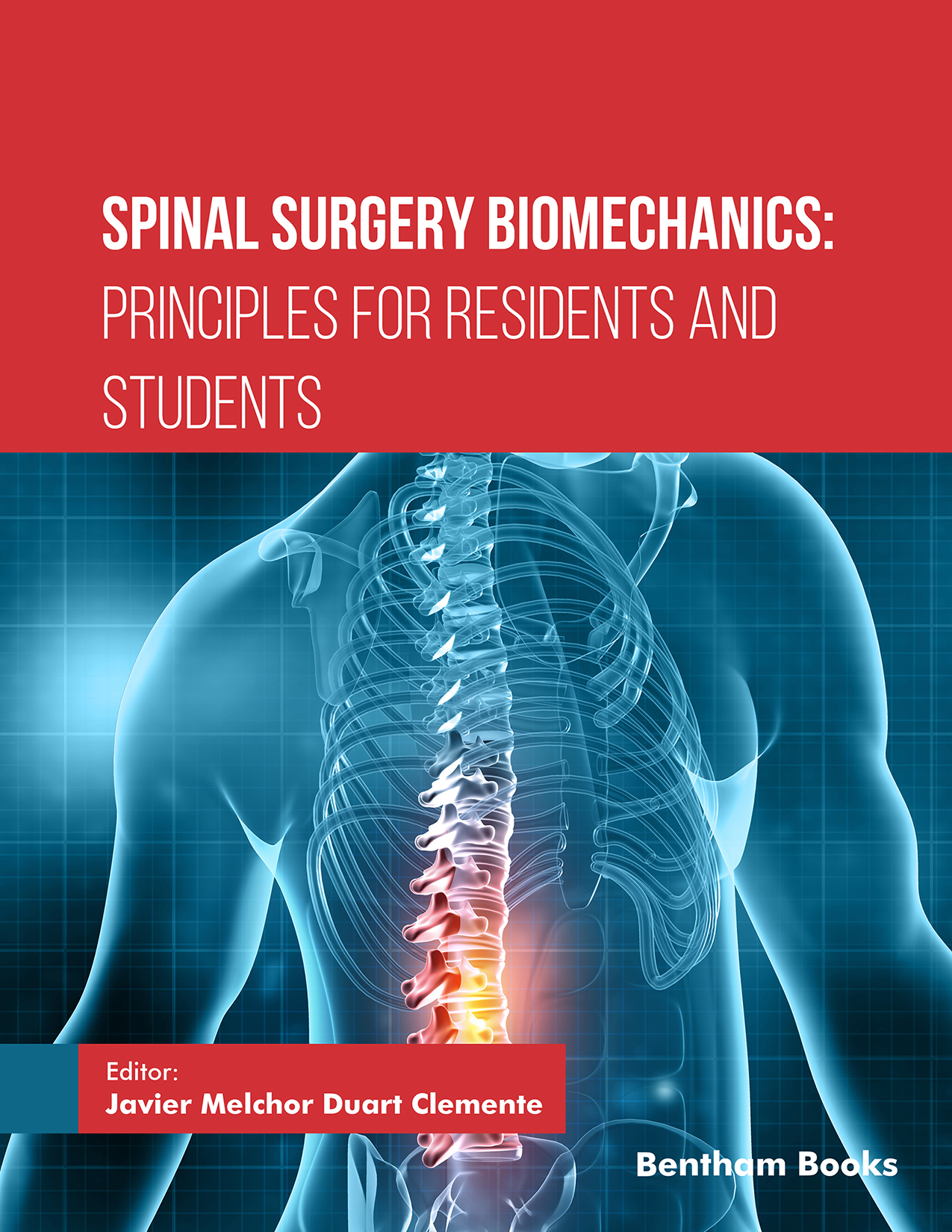When I was challenged to write an introduction to this book, I did not hesitate in accepting it, since for me as a biomedical engineer who is an expert in the field of spinal biomechanics, it has always been a passion more than a job. For the last 30 years, I have studied the biomechanics of the spine and, based on that knowledge, developed new implants and spinal prostheses that respond to clinical problems that my medical colleagues have “suffered.”
But I have not only found the passion in myself; the love of the authors for the spine and for the patients behind it and to whom we all owe ourselves, is evident in all the chapters of this book. I believe that in the vast world of medicine and biomedical engineering, few fields arouse as much interest and challenge as the biomechanics of the spine, which is why I believe that the existence of this type of publication is essential. As advances occur in the study of the biomechanics of the spine, a series of crucial questions arise to be addressed that are rigorously treated in this book, from the methods to evaluate the anchorage of pedicle screws to the different techniques of total lumbar disc replacement. In summary, the chapters of the book summarized below explore in detail the scientific and medical advances that have shaped this constantly evolving area of research.
The first chapter, “Biomechanical Testing of Pedicle Screw Anchorage”, looks into the testing techniques that allow a rigorous evaluation of the anchorage capacity of pedicle screws. These components are essential for the stability of the spine and their understanding is essential for successful surgical procedures. This first chapter demonstrates how science and engineering come together in the search for surgical excellence.
In chapter two, the doors open to an in-depth debate on whether total lumbar disc replacement is an option that should continue to be worked on to achieve a disc prosthesis that truly maintains the biomechanics of the spine. In a world where surgical options are increasingly varied, the chapter explores the different types of available prostheses and immerses us in the biomechanical and clinical aspects that determine when this technique should be used and in what type of patients.
In contrast to the previous chapter in the third chapter, the focus is on the study of the different techniques to achieve intervertebral fusion with an interbody cage. Here, biomechanical and biological issues such as osseointegration or the movements of adjacent vertebrae are intertwined as we delve into the study of the different techniques that have been used to create an optimal environment for bone growth between the vertebrae using the concept of inter somatic cage.
Continuing with the fourth chapter, “Management of Degenerative Spinal Conditions with Osteoporosis”, what an osteoporotic vertebra is and the biomechanical behavior of an osteoporotic spine are analyzed. The above is essential to be able to understand which technique or set of surgical techniques are the most appropriate to restore the height and function of a fractured vertebra due to osteoporosis. The final part of the chapter explores the use of pedicle screws with cement, analyzing their advantages and possible complications that may appear when using these implants.
In the fifth chapter, we deal with the biomechanical causes that trigger spondylolisthesis, how they are classified, and finally how the body tries to mechanically compensate for this pathology. Finally, instructions are given on its treatment.
With chapters six and seven, our horizons on spinal biomechanics expand even further. In section six, interspinous devices are analyzed as an alternative for stabilization without fusion, making a classification of them and the consequences of their use on the biomechanics of the spine.
In the last chapter, the book immerses us in the definition of instability and in the different methodologies used throughout history to measure spinal instability, revealing how biomechanics is essential to understanding and classifying spinal injuries.
In summary, this book provides a detailed analysis of the complex biomechanical mechanisms that govern the human spine. From the evaluation of pedicle screw anchorage to innovative solutions for spinal stability, this book offers a comprehensive perspective that combines scientific research with clinical applications. Ultimately, it is a valuable source of knowledge for medical professionals, biomedical engineers, and students who wish to dig into the challenging field of spinal biomechanics and how different types of implants designed for the spine interact and restore function.
Carlos Atienza
Healthcare Technology Area
Instituto de Biomecánica de Valencia (IBV)
Valencian Community
Valencia, Spain

